#sara forbes bonetta
Text
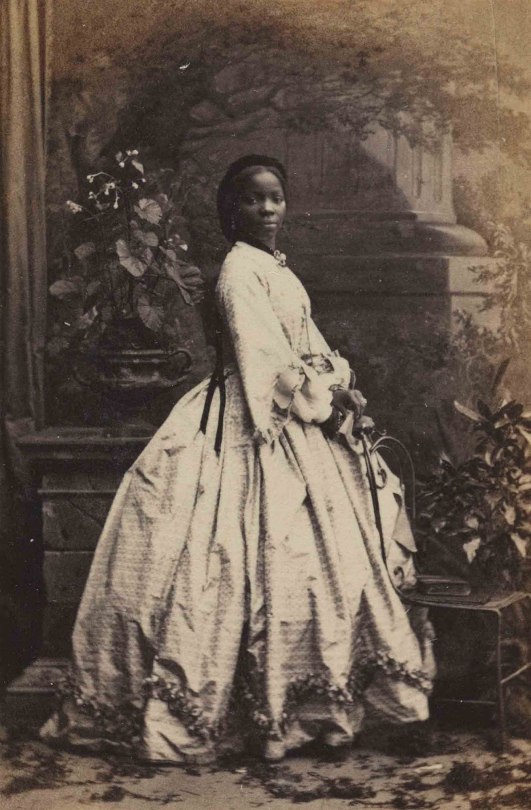
Sara Forbes Bonetta by Camille Silvy. [1862]
#fashion history#portrait#victorian#fashion photography#19th century#sara forbes bonetta#camille silvy#monochrome#photography#u
570 notes
·
View notes
Photo
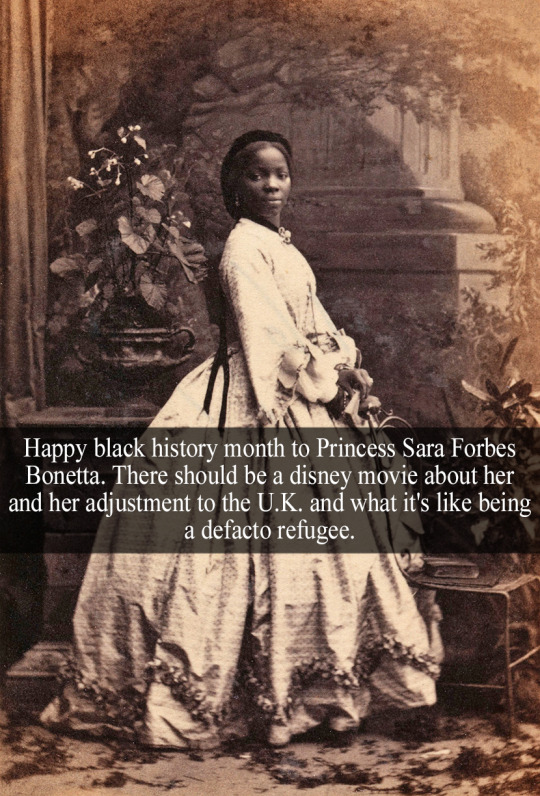
“happy black history month to Princess Sarah Forbes Bonetta. There should be a disney movie about her and her adjustment to the U.K. and what its like being a defacto refugee.” - Submitted by Anonymous
33 notes
·
View notes
Text
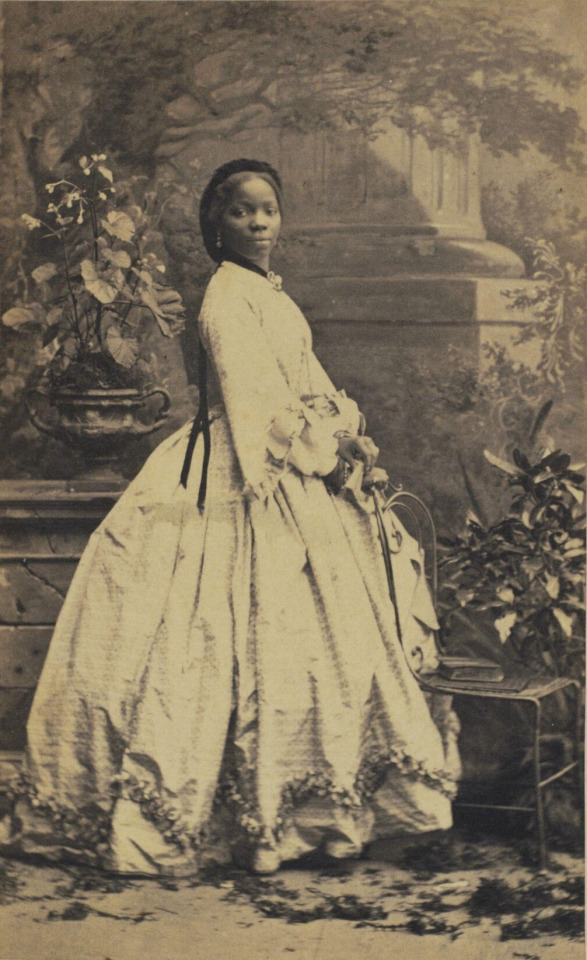
Sara Forbes Bonetta (1843-1880), goddaughter of Queen Victoria.
68 notes
·
View notes
Text

A royal family member that sadly isn’t as well known.🇬🇧
👸🏾🇬🇧
#history#sara forbes bonetta#british royalty#historical figures#women supporting women#british history#womens history#black women#royalty#queen victoria#england#black girl magic#black history#historical women#princess#windsor castle#femininity#united kingdom#feminine#african history#victorian age#women empowerment#uk#western africa#black girl luxury#black femininity#nickys facts
79 notes
·
View notes
Text
youtube
youtube
#lindsay holiday#tea time with lindsay holiday#history#louise marie therese#ignatius sancho#joseph bologne#olaudah equiano#dido elizabeth belle#jean amilcar#alexandre dumas#Youtube#sara forbes bonetta#ira aldridge#mary seacole#pablo fanque#fanny eaton#samuel coleridge taylor#alemayehu of ethiopia
2 notes
·
View notes
Text
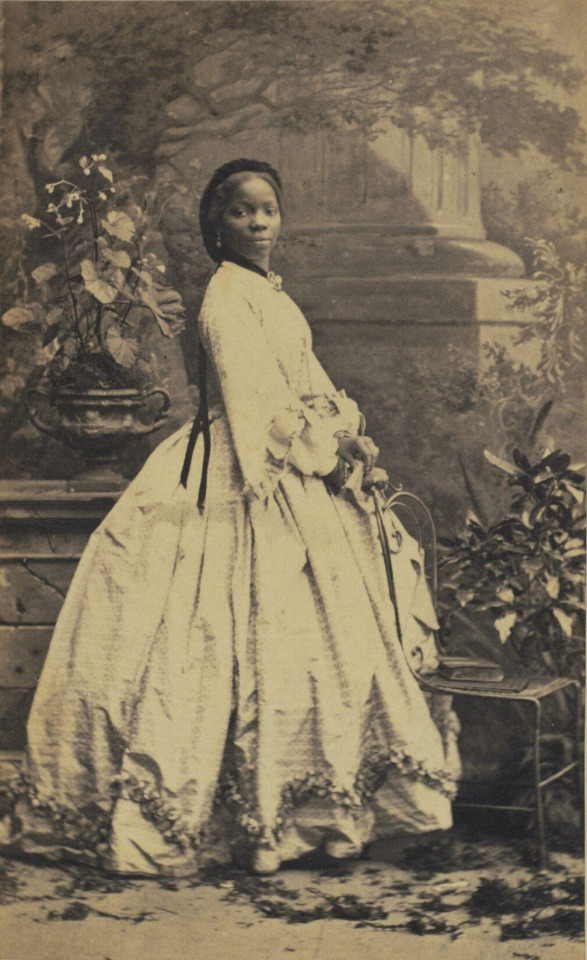
Photograph by Camille Silvy, Portrait of Sara Forbes Bonetta, albumen print, ca. 1860s
22 notes
·
View notes
Text
Sara Forbes Bonetta, (born Omoba Aina; 1843 – 15 August 1880)

Lithograph of Forbes Bonetta, after a drawing by Frederick E. Forbes, from his 1851 book Dahomey and the Dahomans; being the journals of two missions to the king of Dahomey, and residence at his capital, in the year 1849 and 1850
Sara Forbes Bonetta, (born Omoba Aina; 1843 – 15 August 1880), was an Egbado princess of the Yoruba people in West Africa who was orphaned during a war with the nearby Kingdom of Dahomey and later became the slave of King Ghezo of Dahomey. Her birth name, historians believe, was Aina but in the high society of 19th-century England she was Sarah Forbes Bonetta, an enslaved little girl from what is now the west African country of Benin who became Queen Victoria’s goddaughter. The historian David Olusoga has described Bonetta as a symbol in that “she became biographic shorthand for the perceived accomplishments of Britain’s civilising mission”.

Sara Forbes Bonetta, god-daughter of Queen Victoria, with her husband James Davies on Sept. 15, 1862
At one point Bonetta was photographed by the society photographer Camille Silvy, an image that is in the collection of the National Portrait Gallery.
The story of Bonetta is a fascinating one that shines light on more uncomfortable sides of colonialism, such as how she was “viewed as a specimen of what a negro woman could become with the right patronage”.
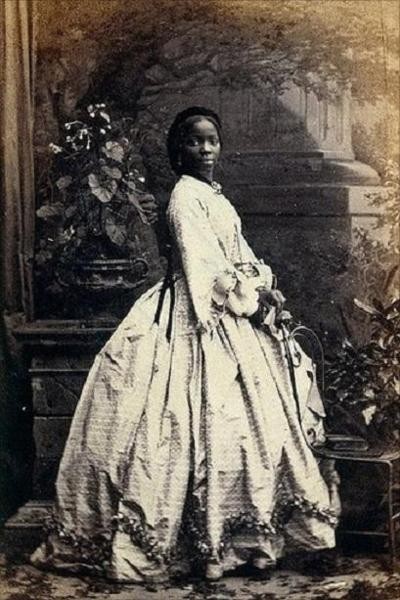
Sara Forbes Bonetta by Camille Silvy
#sara forbes bonetta#queen victoria#Victoria: May Blossom of Britannia#british colonialism#british imperialism#british history#the royal diaries
2 notes
·
View notes
Text
Words Not Deeds
SHE’S ROYAL
Grand Theatre, Wolverhampton, Tuesday 1st November, 2022
This new play by Tonia Daley Campbell reveals the story of two women of colour, both princesses in their own right, who became goddaughters to Queen Victoria. As girls, they were spared the fate of their enslaved compatriots because of their royal heritage. In doing this, Victoria considered herself progressive.
The story…
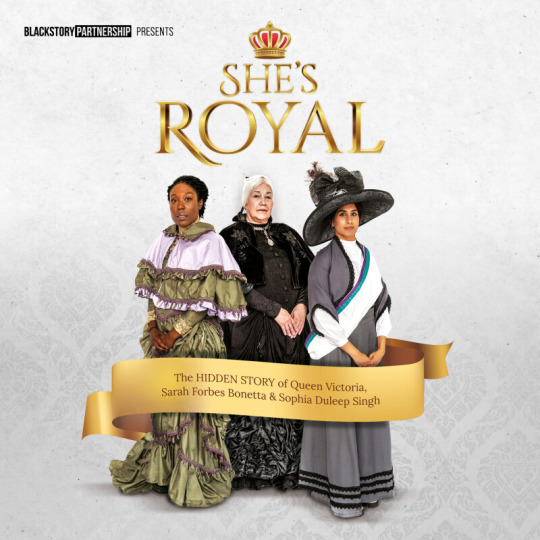
View On WordPress
#Amrika Rani#Grand Theatre Wolverhampton#Karina Holmes#Lorna Laidlaw#review#Sara Forbes Bonetta#She&039;s Royal#Skye Witney#Sophia Duleep Singh#Tonia Daley Campbell
0 notes
Text
The Crinoline Skirt – A Victorian Fashion Trap
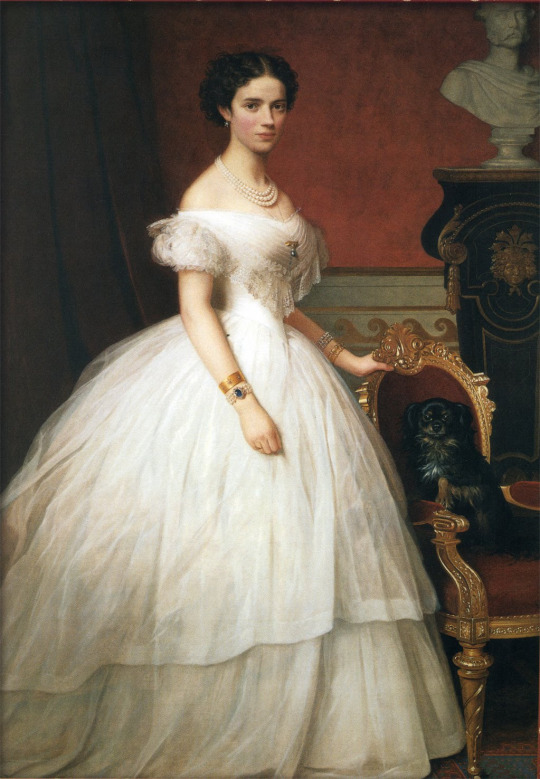
Andreas Hunæus (Danish, 1814 - 1886) • Princess Dagmar of Denmark with her dog • 1860s
A crinoline (/ˈkrɪn. əl. ɪn/) is a stiff or structured petticoat designed to hold out a skirt, popular at various times since the mid-19th century. Originally, crinoline described a stiff fabric made of horsehair ("crin") and cotton or linen which was used to make underskirts and as a dress lining. – Wikipedia
While the crinoline skirt was fashionable, it could also be very dangerous to wear. It is said that at least a few dozen women died in the mid-1800s because the widened skirts caught on things such as carriage wheels and machinery and also posed a fire hazard. A March 16, 1858 article from the New York Times described an incident where a woman's crinoline-widened skirts caught fire and she died. The same article discussed many such deaths occurring in London in the preceding months as well. The article went on to caution women about wearing such large skirts, because of the danger that they posed.
The crinoline hoop was pattened in April, 1856 by a Paris fashion designer.
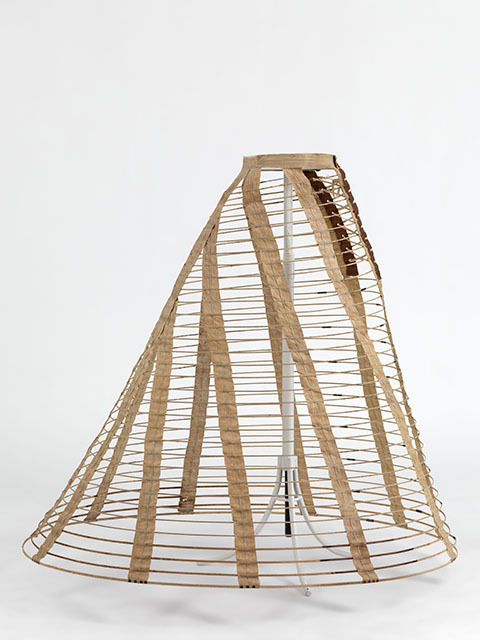
Crinoline • 1860-1870 • MoMu - Fashion Museum Province of Antwerp • www.momu.be. Photo: Hugo Maertens, Bruges
There was much attention given to the crinoline by the media of its time, not only cautioning women about the dangers of this fashion contraption, but also ridiculing it through caricatures.

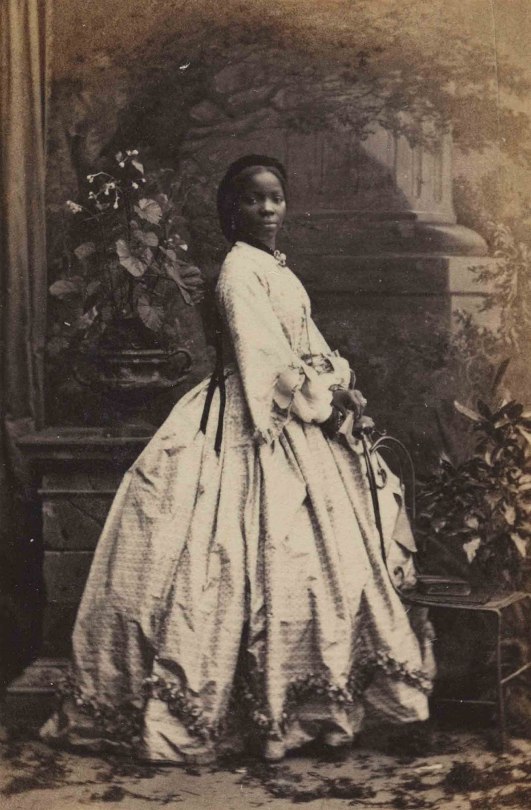
Sara Forbes Bonetta by Camille Silvy • 1862
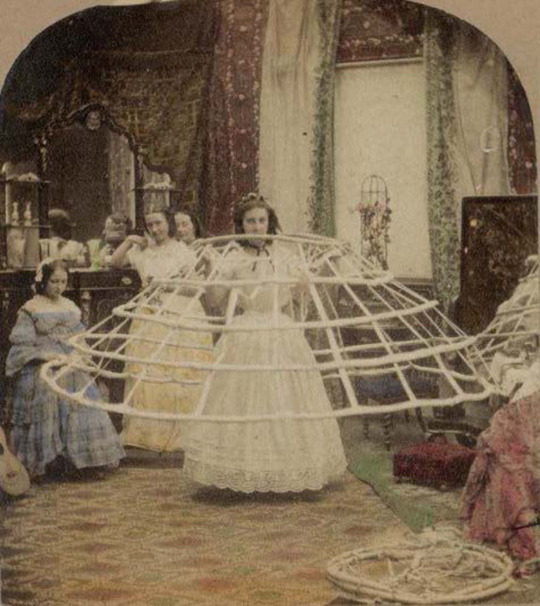
Coloured stereocard depicting a woman being dressed in a crinoline, by an unknown photographer.
#the resplendent outfit#portrait#art#painting#royal portraits#fashion history#art history#dutch artist#crinoline skirt#victorian fashion#death trap fashion#women's fashion history#fashion heritage#19th century Paris fashion#caricature#colored stereocard photograph
42 notes
·
View notes
Text
📍 Sara Forbes Bonetta (1843-1880)- #Firebarzzz #Slavery #BlackHistoryMonth #Portugal #Yoruba
📍 Sara Forbes Bonetta (1843-1880)- #Firebarzzz #Slavery #BlackHistoryMonth #Portugal #Yoruba
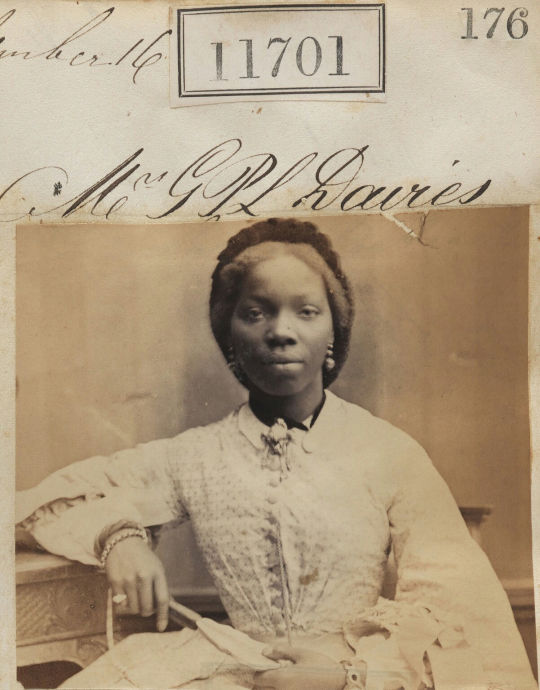
View On WordPress
0 notes
Photo
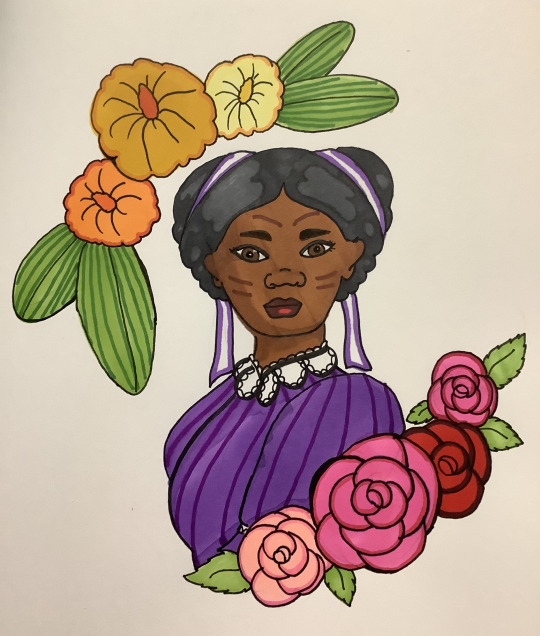
Day 7: Sara Forbes Bonetta
Sara Forbes Bonetta was born Omoba Aina, a princess of the Egbado Yoruba in modern-day Nigeria. Her home was destroyed, and family killed, by a raid from the kingdom of Dahomey when she was still a small child. Most of the captives were sold into slavery, but Aina, as royalty, was brought to the Dahomey capital for a ceremonial execution. She escaped this fate, only to be given as a gift to the man who had interceded, British diplomat Frederick Forbes, and carried away once more to an unknown land.
Forbes had come to Dahomey to battle the slave trade and expand Britain’s imperial interests; he responded to Aina as that dichotomy might suggest, treating her kindly but also renaming her: Sara Forbes Bonetta, for himself and his ship. He brought her back to England, where Queen Victoria took an interest in the story - and the young girl herself. Sara was named her goddaughter, and while she was shuttled back and forth between guardians and schools, she and the Queen seem to have formed one of history’s more unlikely genuine bonds.
In 1862, Sara married Captain James Davies, a Yoruba businessman living in England, and the pair returned to Africa, settling in Lagos. Sara, who maintained a correspondence with the Queen, had three children, naming the eldest Victoria. After a life of turmoil, she seems to have finally found home and security, teaching local children and corresponding with an international network of friends. She died of tuberculosis in 1880, while seeking treatment in Madeira; the eight foot monument her bereaved husband erected to her memory still stands outside Ijon.
(I stick with 20th Century or earlier here, but I would be remiss if I did not mention an Awesome Lady of Modernity, Sara’s descendant Amayo Adadevo, a doctor whose work during the Ebola crisis helped save Nigeria from a wider outbreak at the cost of her own life)
#sara forbes bonetta#omoba aina#history#nigerian history#english history#awesome ladies of history#october 2021#racism tw#imperialism tw#slavery tw#my art
33 notes
·
View notes
Photo
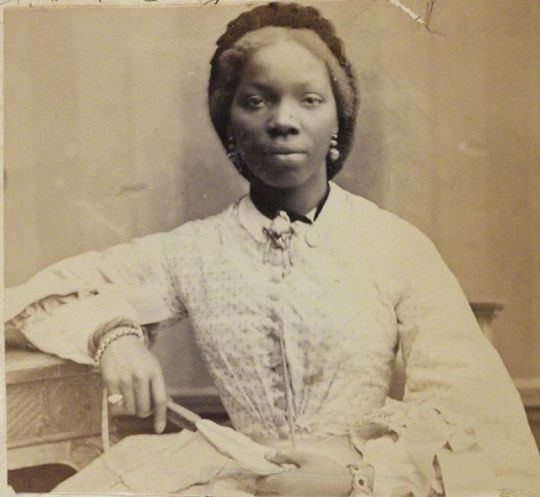

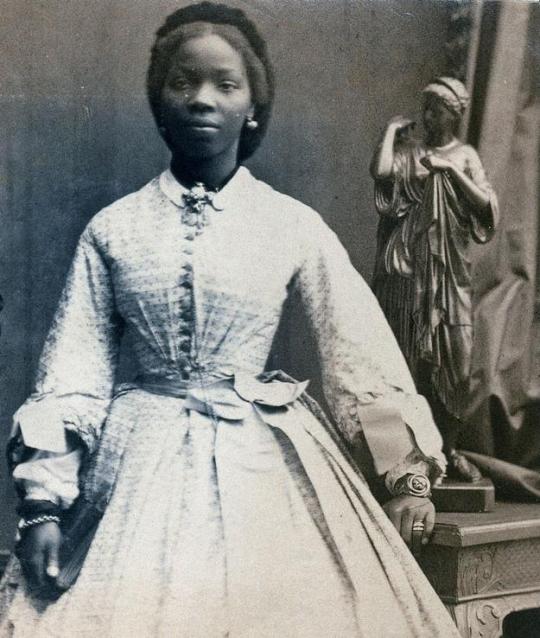

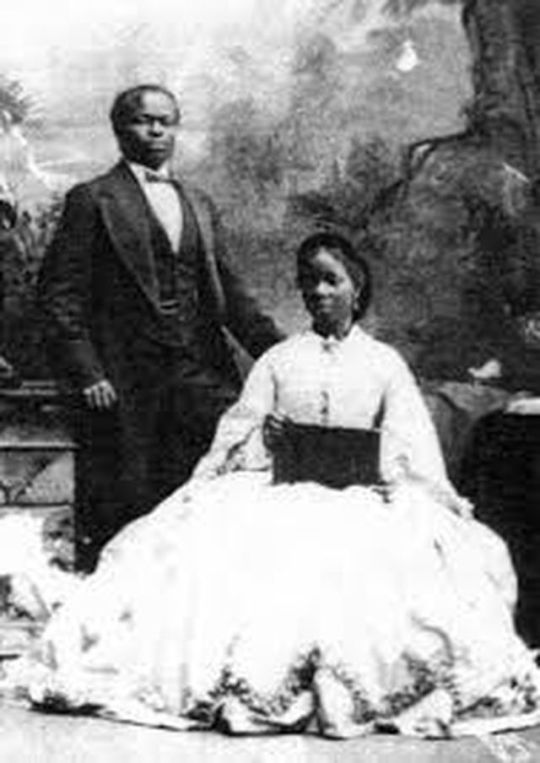



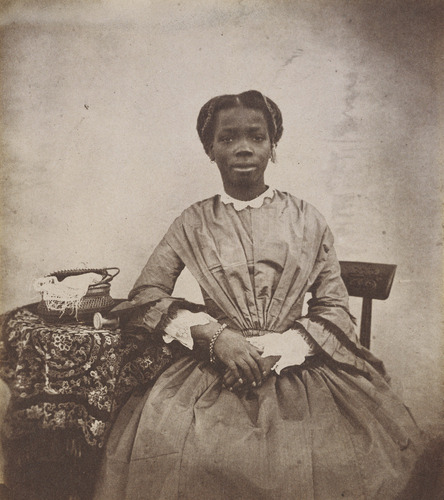
Sara Forbes Bonetta. A child (possibly princess) of the Egbado (now Yewa) tribe of the Yoruba people, her parents were killed in intertribal warfare, and she became a slave of Ghezo, King of the Dahomey. Captain Frederick E. Forbes, on an anti-slavery mission from Britain to Dahomey (now Benin), persuaded Ghezo to present the girl to Queen Victoria as a gift. Ghezo agreed, and Forbes brought her to England, naming her Sara Forbes Bonetta (for his ship, HMS Bonetta). Victoria adopted her as her goddaughter and arranged for her housing, schooling (in both Sierra Leone and England), and marriage to a wealthy Sierra-Leonian-British naval captain (whom Bonetta did not want to marry, but had little choice). You can read more about Bonetta here.
1-6. Bonetta in her wedding dress, and with her husband, Captain James Pinson Labulo Davies
8. Bonetta at about age 7, in a color plate from Frederick E. Forbes's Dahomey and the Dahomans, 1851
9. Bonetta at 13
859 notes
·
View notes
Photo

“I wish more people knew about Sarah Forbes Bonetta. She was a young Nigerian girl(about 5 years old) adopted by queen Victoria. Her story is an interesting read.” - Submitted by Anonymous
116 notes
·
View notes
Photo
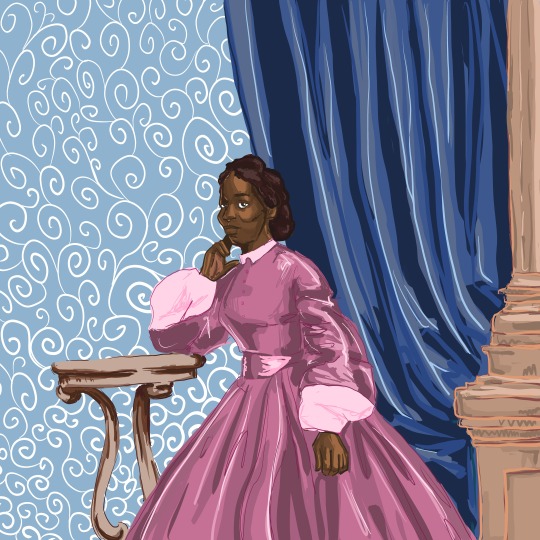
Princess Sara Forbes Bonetta, 2020, digital painting
https://www.redbubble.com/people/torifoster/works/44748510-princess-sara?asc=u&ref=recent-owner
#rebubble#woman#femme#lady#sara forbes bonetta#princess#victorian era#Victorian Lady#Victorian fashion#victorian woman#black victorians#antebellum#black history#black history art#black woman#intersectional history#civil war era
16 notes
·
View notes

